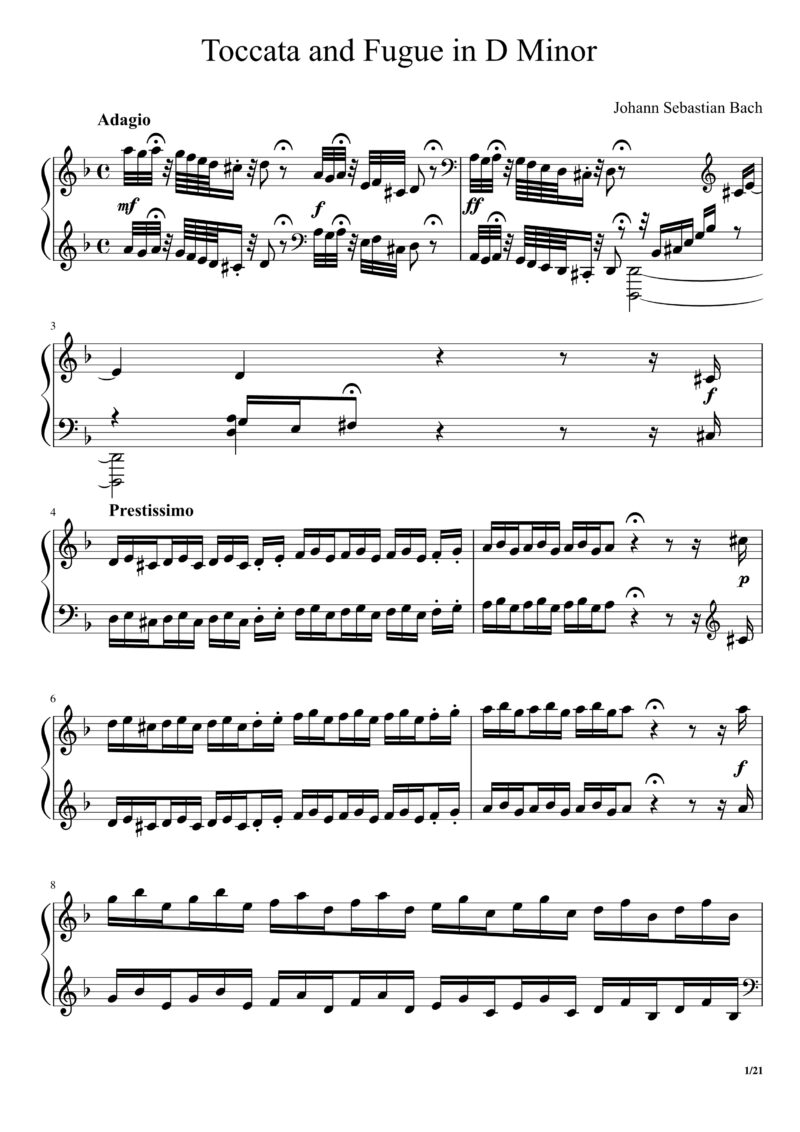Hannes Kastner Toccata And Fugue In D Minor

Ever heard a piece of music that just screams "Halloween!" or maybe "Dramatic Entrance!"? Chances are, you've stumbled upon something influenced by the iconic Toccata and Fugue in D Minor.
But did you know its story is a bit of a mystery wrapped in an enigma, seasoned with a dash of "wait, really?"
Who Wrote This Thing, Anyway?
This piece is often attributed to Johann Sebastian Bach, the granddaddy of baroque brilliance. But hold on to your powdered wigs!
Some music scholars raise a skeptical eyebrow. There's debate, folks, genuine musical detective work happening. Is it *really* Bach's baby? Or could it be a creation of someone else entirely?
Enter Hannes Kastner, a name you might not instantly recognize, yet crucial to this musical whodunit. His research suggested someone other than Bach was responsible. The plot thickens!
The Case of the Missing Manuscript
Here's where it gets interesting: the original manuscript of the Toccata and Fugue is… missing! Poof! Gone!
No autograph score signed by Bach himself. This absence fuels the debate about its true origin. It's like trying to solve a puzzle with half the pieces missing.
Imagine trying to prove you baked a cake without the recipe! That's the challenge facing music historians.
From Serious to Seriously Dramatic
Regardless of its origin, the Toccata and Fugue has taken on a life of its own. It's become a cultural shorthand for all things dramatic. Think Dracula rising from his coffin.
Or a villain making a grand entrance. Movie composers love to borrow its essence, even if they don't directly quote it.
It's like the musical equivalent of a superhero cape. Instant gravitas!
A Timeless Tune
The piece's enduring popularity speaks volumes. The dramatic flair and intricate structure create something undeniably compelling.
Whether it’s played on a pipe organ in a cathedral or sampled in a techno track, it still packs a punch. It resonates across generations.
That opening Toccata, with its cascading notes, is instantly recognizable. It commands attention.
So, What Does It All Mean?
Ultimately, the mystery surrounding the Toccata and Fugue adds to its allure. Perhaps the uncertainty is part of its magic.
It reminds us that even the most familiar masterpieces can hold secrets. And that music, like any art form, is open to interpretation and rediscovery.
So, the next time you hear that iconic opening, take a moment to appreciate the history, the mystery, and the sheer drama of this enduring piece. And maybe, just maybe, hum along to a little bit of the unknown.

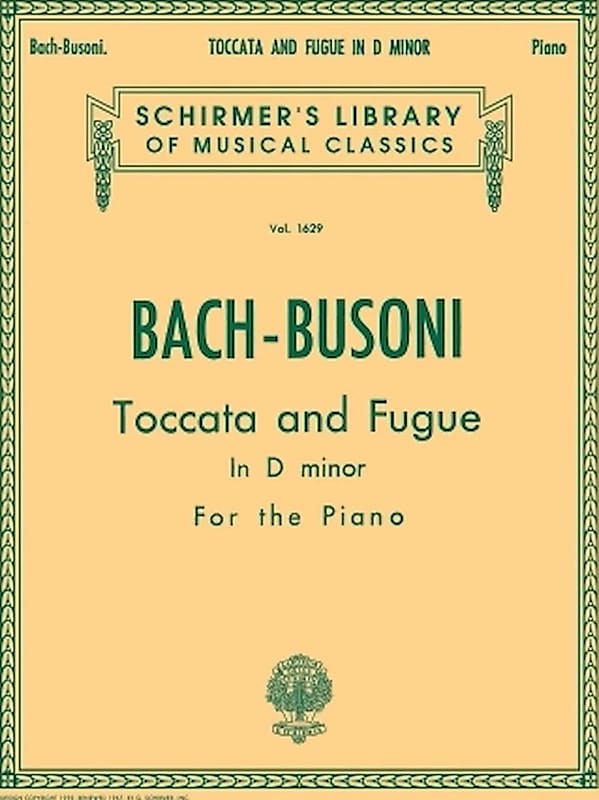
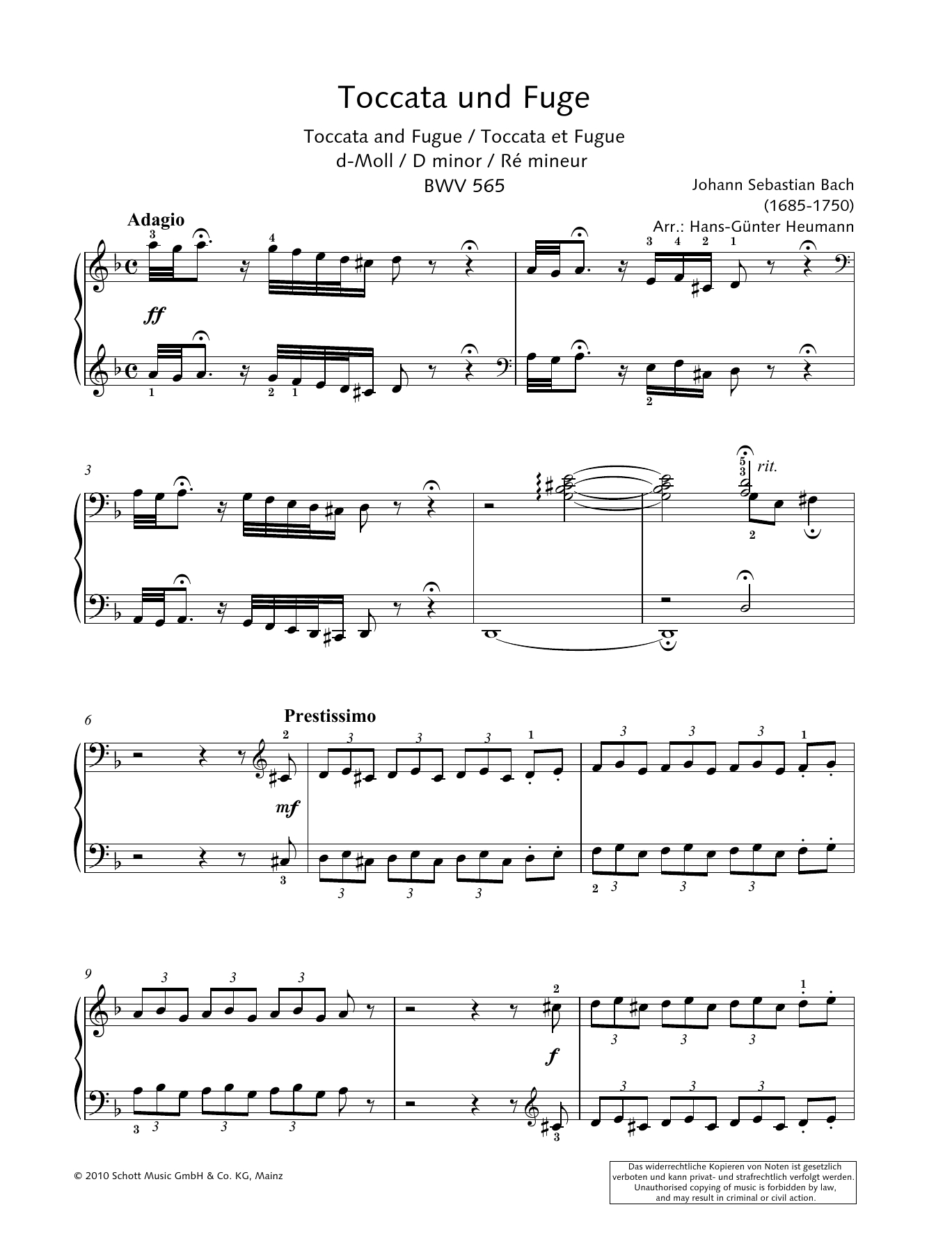
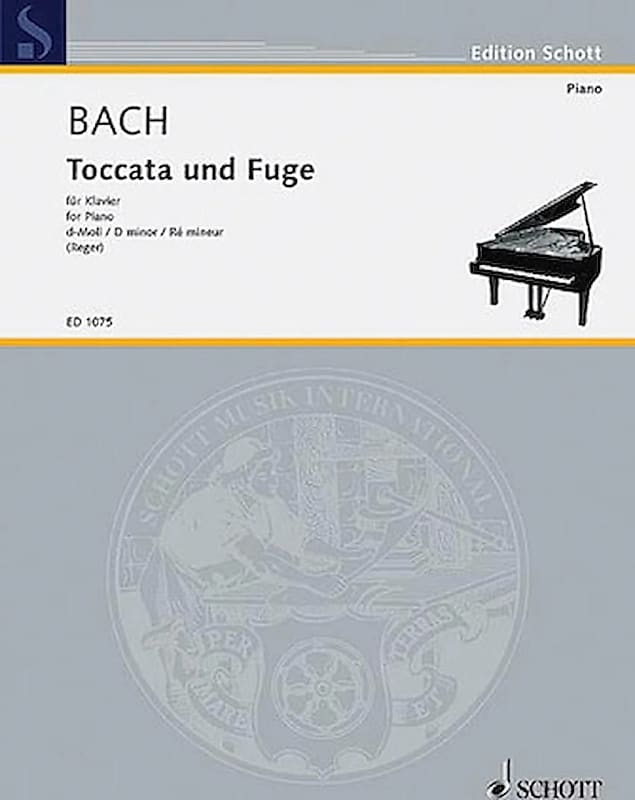
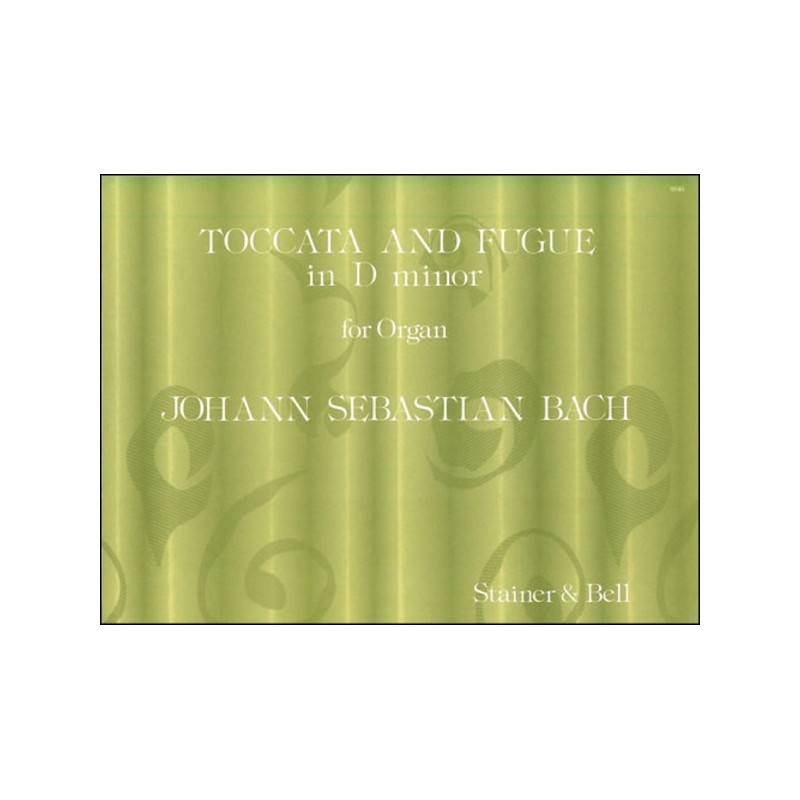




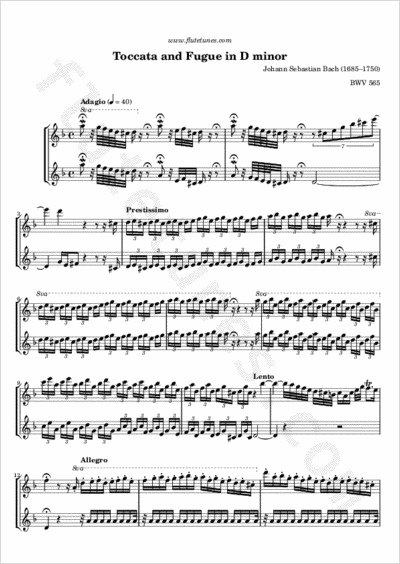
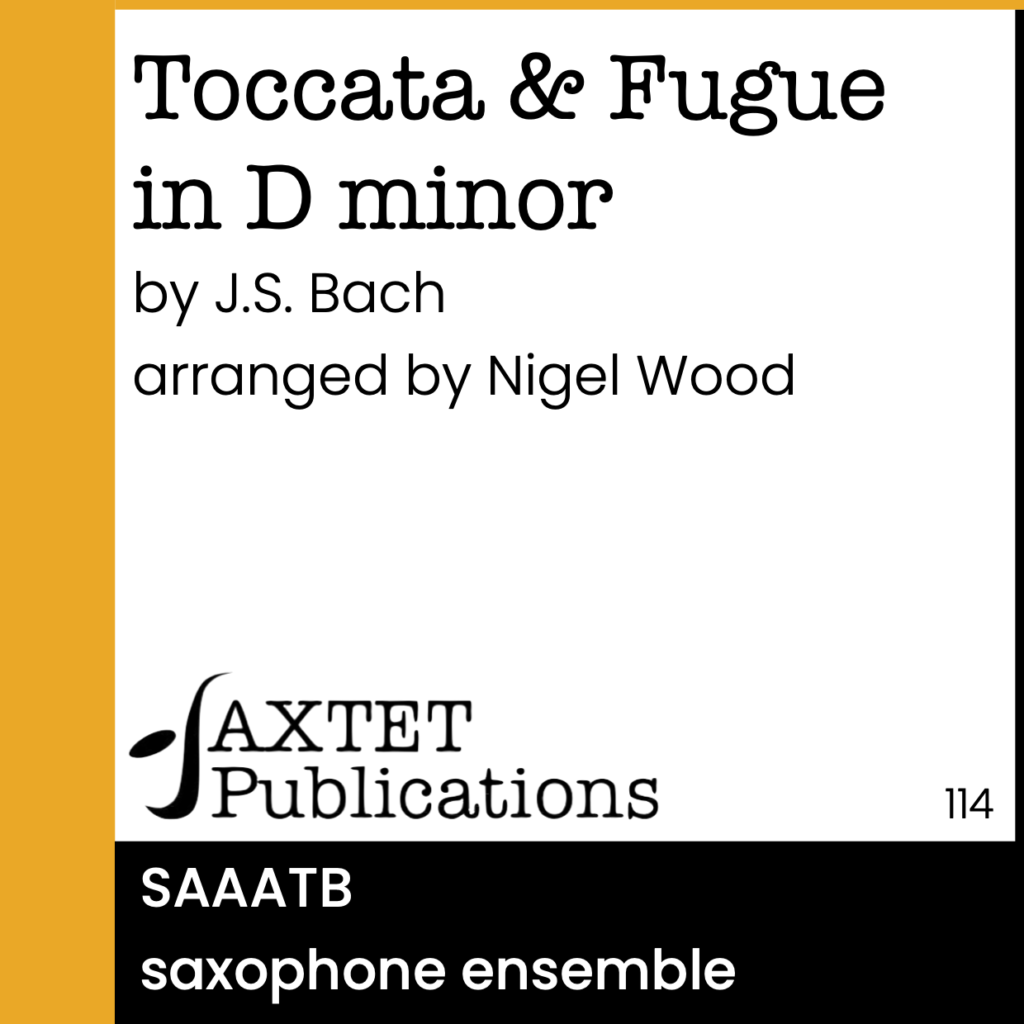

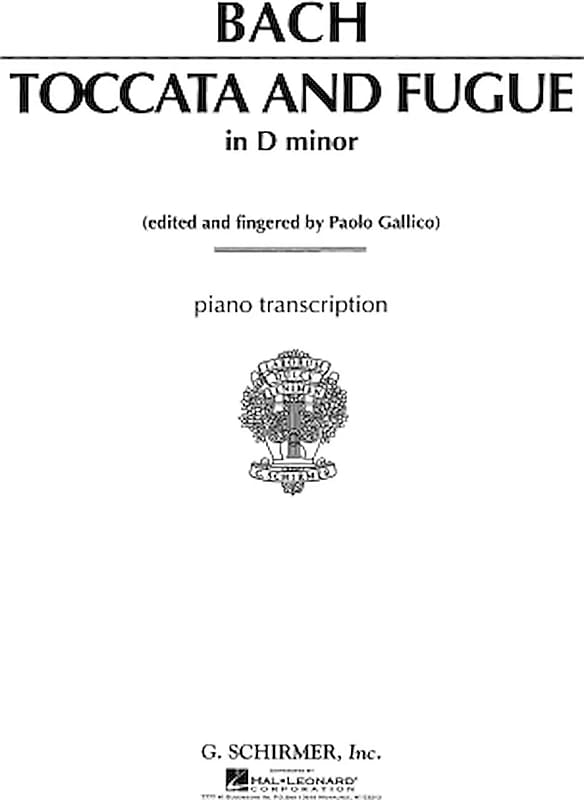
.jpg/459px-Toccata_and_Fugue_in_D_minor%2C_BWV_565_(Johannes_Ringk_manuscript).jpg)
